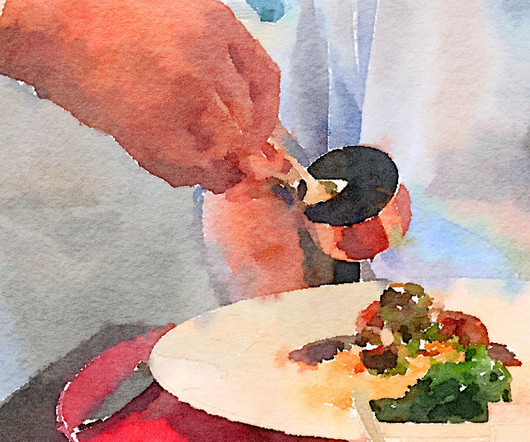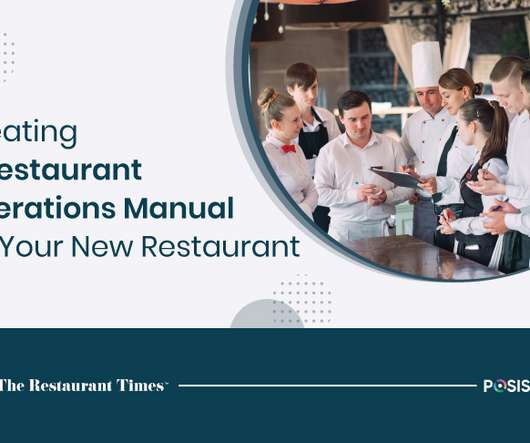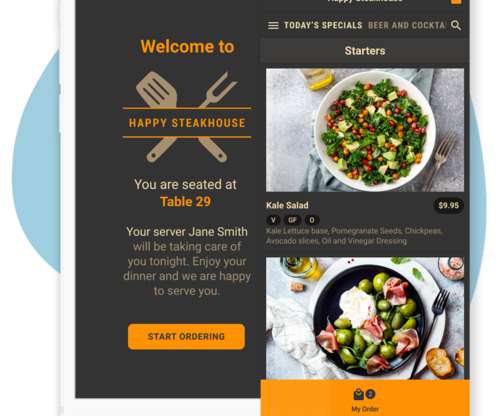THE VALUE OF THE SCHOOL OF HARD KNOCKS
Culinary Cues
OCTOBER 20, 2021
Some talented people are not the best cooks and chefs and quite often the most intelligent (using commonly referred to scales of measurement) are lacking in common sense. In the end, from my perspective, the ones who exceed their own and other’s expectations are the ones that find strength in the school of hard knocks.























Let's personalize your content